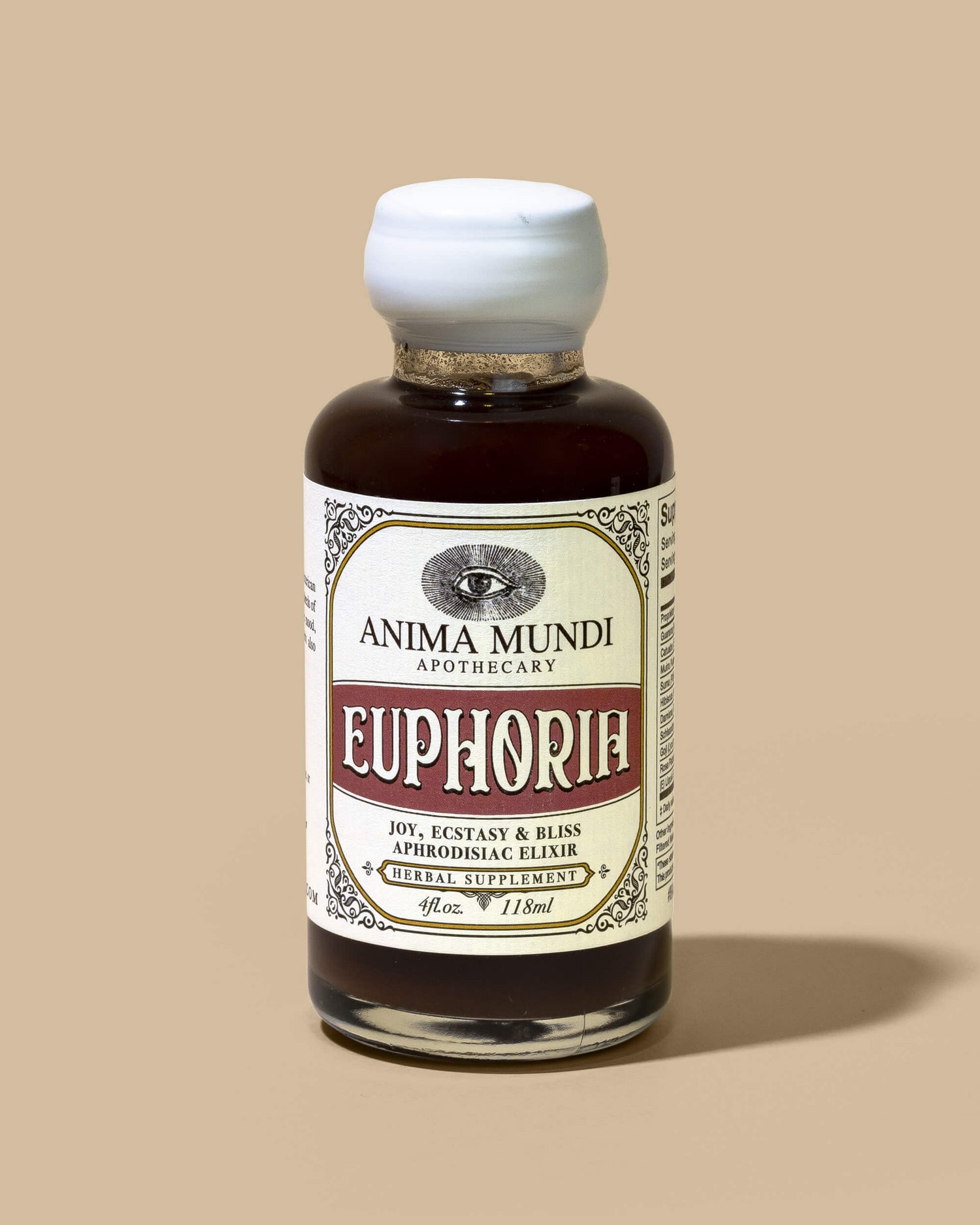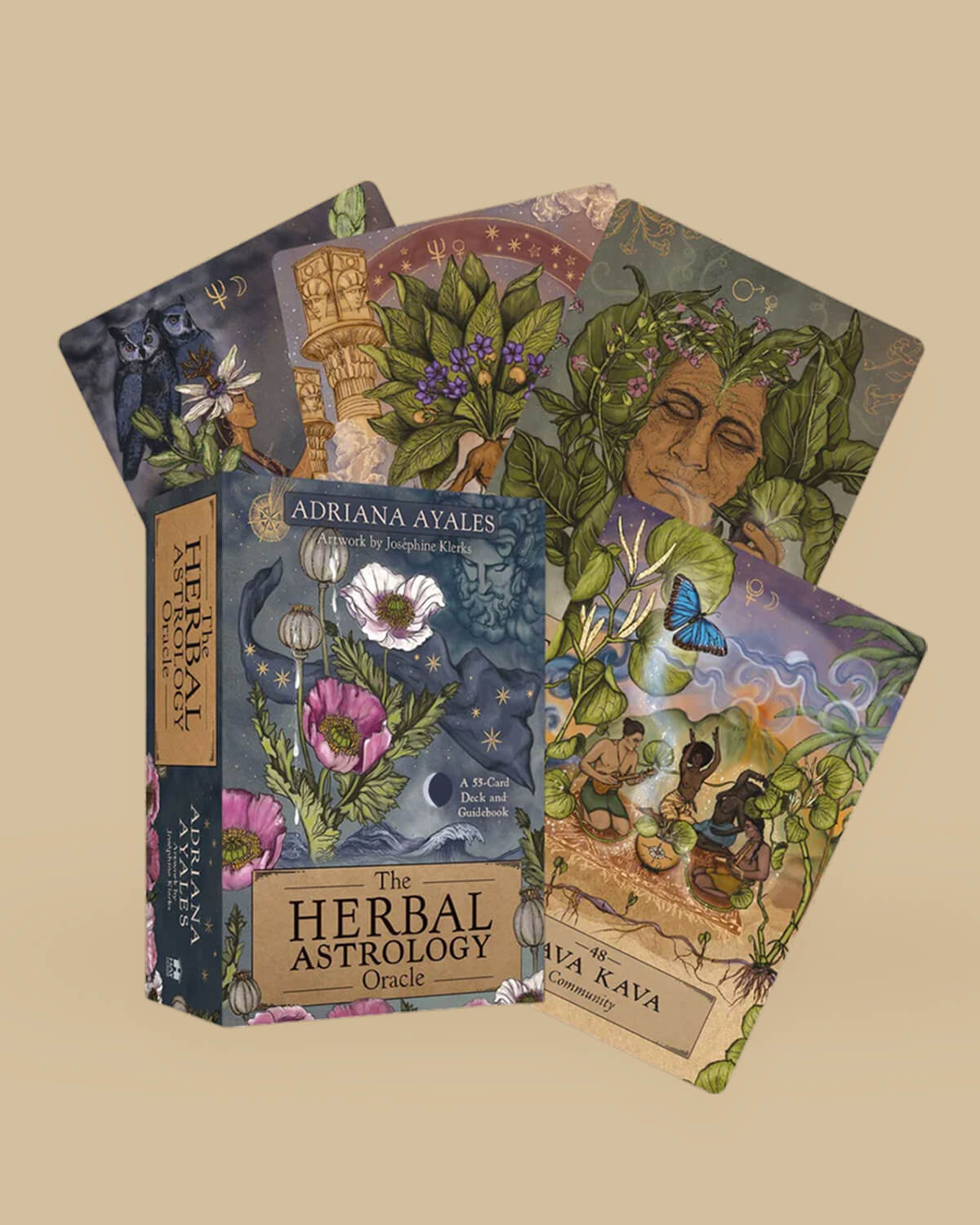Depending on where you live and work, you might find yourself transitioning back to work after a long weekend. Or, if your local traditions on the second Monday of October are catching up to the majority of the United States (in 100+ cities), maybe you had a regular Monday like any other? According to the Pew Research Center, “Columbus Day seems to be fading as a widely observed holiday”. Some cities celebrate both holidays, causing both confusion and contradictions, while others have abolished one and embraced the other …
Curious how we got here?
NPR reports that in recent decades, Native American advocates and allies have fought to “correct a ‘whitewashed’ American history that has glorified Europeans like Italian explorer Christopher Columbus who have committed violence against indigenous communities.” Though there are many ways to celebrate the evolving day and all it represents, many Indigenous folks suggest reflection, recognition, and education may be appropriate.
Today, we’re honoring this important milestone in American history with a note of gratitude to our Indigenous healers and ancestors.
We give thanks to those who have passed on the plant wisdom of this continent for generations of seekers after them. Getting to know these essential Indigenous North American herbs and herbalists offers a window into the healing plants all around us, which can nourish our spirits and our communities. Indigenous Peoples deserve more than just one day of recognition; their contributions to our health and wellness span centuries!
If, like us, you’re curious about North American herbs and plant medicines, we’ve compiled some informative lists that offer a great starting point of inquiry.
In offering up this culturally conscious content, we intend to uplift our ancestors and the current curanderismo practitioners throughout the world. We encourage our Anima Mundi community to continue seeking new ways of learning about these rich legacies. Here are some treasures from the Indigenous North American pharmacopeia to maintain healthy bowels, fight infections like cold and flu, relieve menstrual discomfort, and more!
“In some Native languages the term for plants translates to
‘those who take care of us’.”
Robin Wall Kimmerer, Braiding Sweetgrass

5 HEALING NORTH AMERICAN HERBS
CASCARA SAGRADA (Frangula purshiana)
Origin: Northwestern U.S.
Used for: Known as the “most widely used cathartic on earth”, according to United Plant Savers, cascara sagrada means “sacred bark”. It has been employed as a laxative for millennia. First used by indigenous peoples in North America to relieve constipation, several tribes also relied on the herbal remedy to restore the bowel to a healthier tone.
AMERICAN GINSENG (Panax quinquefolius)
Origin: Eastern North America; also grows in the Canadian provinces of Quebec and Ontario
Used for: One of the most popular herbs in the United States today, American ginseng root has long been used by Native Americans to treat fever, indigestion, headaches, and even infertility. A stimulant that can boost the immune system and reduce stress, its power also extends to fighting infections like cold and flu and to treat the resulting symptoms.
SLIPPERY ELM (Ulmus rubra)
Origin: Eastern North America
Used for: For centuries, Native Americans have used this healing salve for wounds, burns, skin inflammation, boils, and ulcers. A cough suppressant and sore throat soother, slippery elm is also said to alleviate stomach problems such as diarrhea.
BARBERRY (Berberis genus)
Origin: Eastern North America
Used for: Native Americans believe barberry is capable of more than just its curative properties; to many, it is a sacred object for ritual practice in the prevention or remedying of illnesses via supernatural powers (source: peer.tamu.edu). In the homeopathic medicinal system, it’s among the most widely used herbs for relieving kidney pain and kidney stones.

ANGELICA (Angelica atropurpurea)
Origin: Eastern North America
Used for: In Arkansas, Native Americans are said to have regularly carried Angelica atropurpurea in their medicine bags to mix with tobacco for smoking. Additionally, researchers at Texas A&M University shared that angelica is also used to relieve “menstrual discomfort, minimize symptoms of menopause, treat colds and other respiratory problems, prevent arthritis, and combat certain cancers” (source: peer.tamu.edu).
“Everything on the earth has a purpose, every disease has an herb to cure it, and every person a mission. This is the Indian theory of existence’.”
— Mourning Dove (Christine Quintasket)


In Albuquerque, New Mexico, traditional healer Tonita Gonzales operates Tonatzin Traditional Healing and a temazcal (Mexican sweat lodge) that caught the attention of local news radio KUNM 89.9FM. With diplomas from American University and continued studies of traditional medicine at the Universidad Autónoma de Morelos and Centro de Desarrollo Humano Hacia La Comunidad, her collaborative community educational and indigenous healing practices aim to balance mind, body and spirit, and to heal generational trauma with generational gifts. Gonzales believes that healthy individuals are the result of healthy communities and has worked closely with numerous curanderos internationally. Learn more about Tonita’s offerings rooted in ancestral knowledge here.
Nomtipom Wintu ethnobotanist and certified medical herbalist Sage LaPena is on a mission to preserve and pass on the Native uses of medicinal plants. She’s invested in sharing knowledge about both native and introduced plants, as well as Traditional Ecological Knowledge related to these herbal allies. In this video co-produced by KCETLink Media Group and the Autry Museum, LaPena calls into question what happens when the traditional medicinal practices of Native communities become introduced to popular culture. One result is limited access (or a lack of access altogether) by the very Native communities who need them most.
In 2018, YES! Magazine reported Rhonda Grantham of the Cowlitz tribe, midwife and herbalist, and other healers under the umbrella of the Canoe Journey Herbalists, set their sights on decolonizing herbalism. Their bus (a mobile healing center) was once a kitchen, then a treatment center at the Standing Rock water protector camps. It eventually lent its services to over 100 canoes from more than 70 tribes on a two-week canoe journey along the Pacific coast of Washington and Canada. Grantham told YES! Magazine, “The dynamic of the herb world is being appropriated by White herbalists who have land on which to harvest and money to pay for classes and conferences on herbalism.” Grantham and her peers intend to teach people how to sustainably harvest plants via indigenous-centered and -led principles. Read more about Grantham and the radical pharmacy on wheels here.
Linda Black Elk may lecture at the North Dakotan tribal university Sitting Bull College, but she humbly describes herself as a “nerdy indigenous ethnobotanist”. Counting 30,000+ followers on her social networks, she is wholly determined to make indigenous healing accessible to more people. Her local clinic, inspired by a pop-up medical camp that ran from 2016-17 under her leadership at the Standing Rock Sioux Reservation protests, is just one example of her determination to fulfill that mission. Balancing science and indigenous wisdom, she’s also married to one of Black Elk’s great-grandsons. The Oglala Lakota medicine man was largely revered and his legacy documented in Black Elk Speaks (1932).
Native to the Choctaw community, Brit Reed is now being celebrated for her work as a cook, teacher, farmer, historian, and Indigenous foodways and food sovereignty advocate, though none of the above was in her plans when she left culinary school at age 29. Her academic theorizing gave her pause: “I should stop this theorizing about all these things,” Reed told Bon Appétit magazine she thought to herself, before resolving to get her hands dirty. Post-culinary school, she joined I-Collective, the group of Indigenous chefs and activists behind the multimedia cookbook project, A Gathering Basket (linked in our reading list below). You can read more about Reed and her dynamic peers here and here.
INDIGENOUS NORTH AMERICAN PLANT MEDICINE READING LIST
For your kitchen shelves, for your heart’s yearning for deeper connection to plants, and for more about how to integrate science and tradition, check out our top picks for those herb-loving October and November book clubs. Reading one of these eight titles already? Tag us on Instagram @animamundiherbals to share with the community about the books that resonated most with you. As the Indigenous North American proverb goes: “Tell me and I’ll forget. Show me, and I may not remember. Involve me, and I’ll understand.”

A Cree Healer and His Medicine Bundle by David Young, Robert Rogers, & Russel Willier

Native American Herbalism Encyclopedia by Tamaya Kawisenhawe

The Sioux Chef's Indigenous Kitchen by Sean Sherman

Braiding Sweetgrass by Robin Kimmerer

Here’s to getting involved in the continuum of indigenous wisdom via plants and people!
Also, with the changing of the seasons here at full swing, be sure to check out our Immune Boosting Herbs & Bundles! Tis' the season to strengthen our immune systems.



















